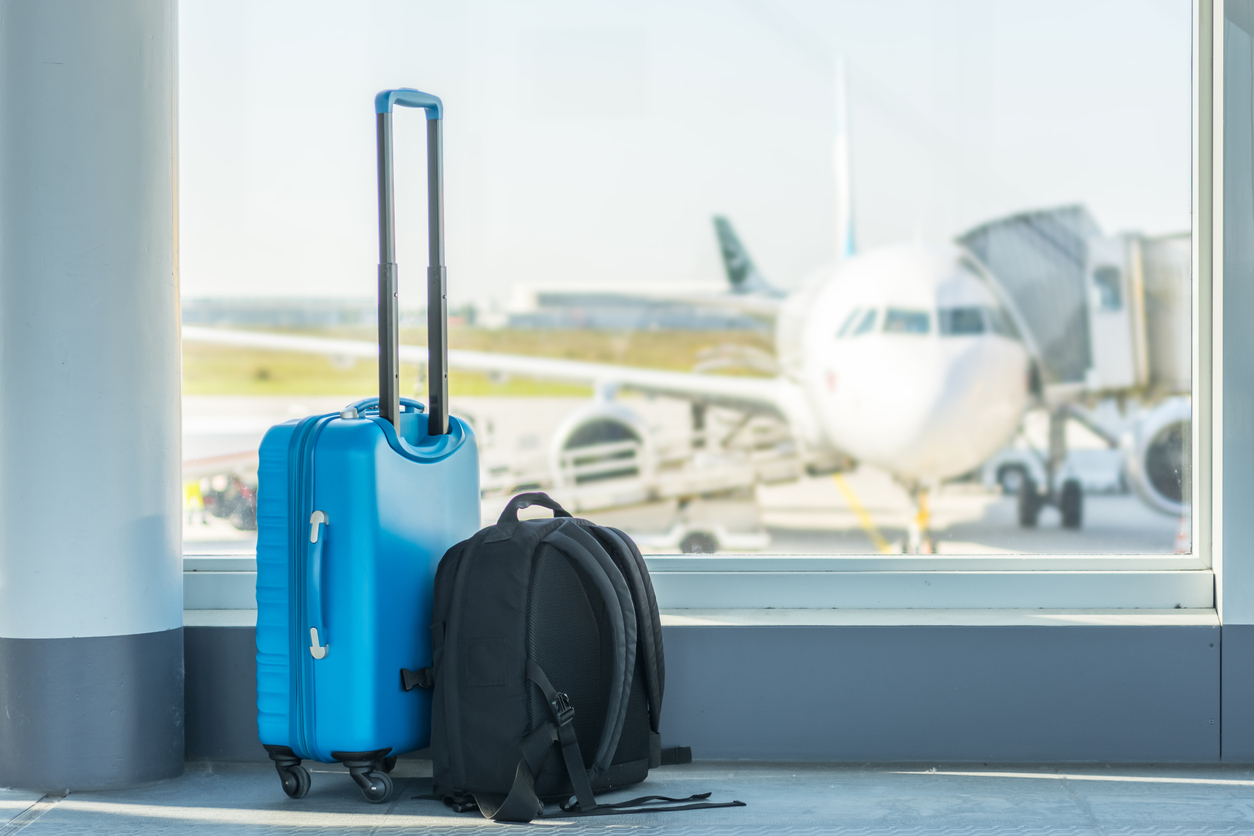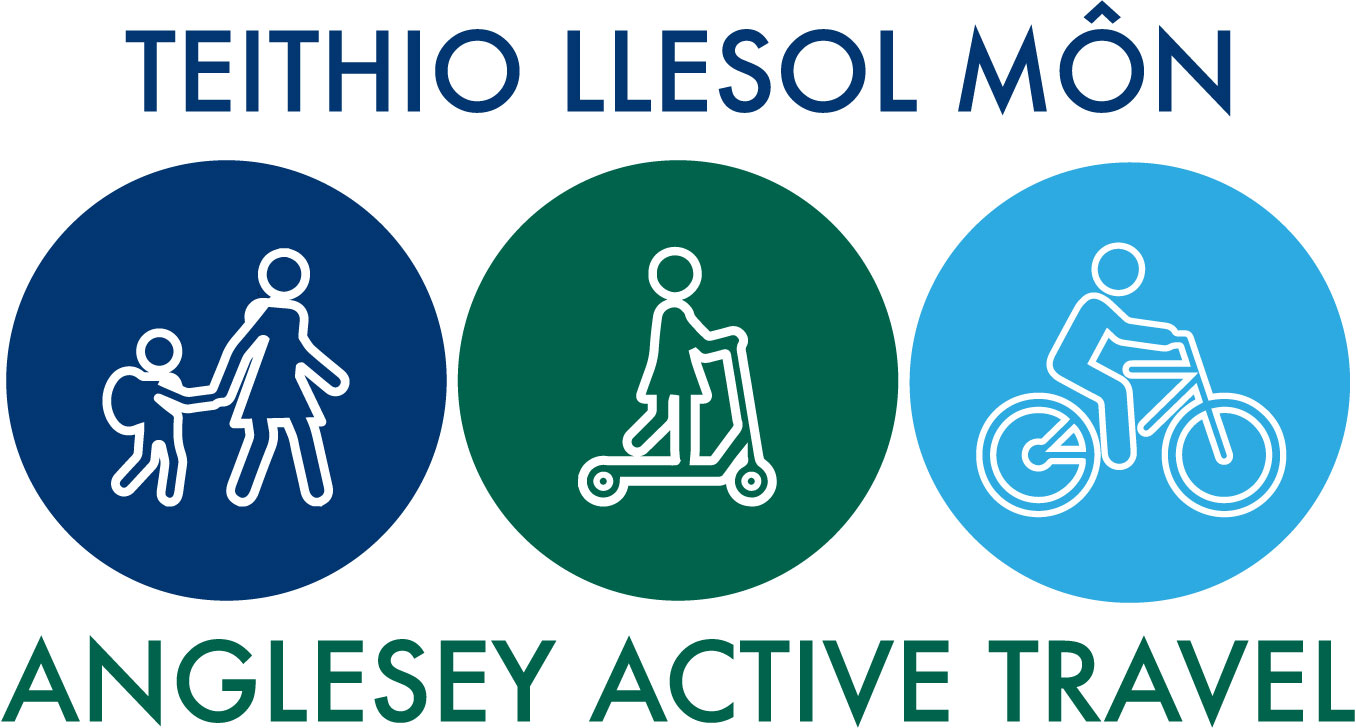Active travel companies are revolutionizing the way we experience the world, offering a unique blend of adventure, exploration, and personal growth. Join us as we delve into the dynamic world of active travel, uncovering the latest trends, industry insights, and strategies that drive this captivating sector.
From adrenaline-pumping adventures to transformative cultural immersions, active travel companies cater to a diverse audience seeking authentic and enriching experiences. As the industry continues to evolve, we explore the key factors shaping its future, including market dynamics, competitive landscapes, and customer preferences.
Market Overview

The active travel industry has witnessed a surge in popularity in recent years, driven by growing health consciousness, a desire for adventure, and an increasing preference for sustainable travel experiences. The global active travel market was valued at approximately USD 638 billion in 2021 and is projected to reach USD 1,244 billion by 2028, exhibiting a CAGR of 9.5% during the forecast period.
Key market segments include adventure travel, wellness retreats, and outdoor activities such as hiking, cycling, and skiing. The target demographics primarily comprise millennials and Gen Z travelers, who are seeking unique and immersive experiences that promote both physical and mental well-being.
Emerging Trends
Emerging trends shaping the active travel industry include:
- Experiential and Personalized Travel:Travelers are seeking customized itineraries that cater to their specific interests and preferences.
- Sustainable and Responsible Tourism:Active travel companies are prioritizing environmental conservation and social impact in their operations.
- Digitalization and Technology:Advancements in technology are enhancing the booking process, providing real-time information, and promoting personalized experiences.
- Growth of Niche Markets:Active travel companies are targeting specific niches, such as women-only adventures, family-friendly experiences, and accessible travel for individuals with disabilities.
Competitive Landscape

The active travel industry is characterized by a diverse range of companies catering to various niche markets and customer segments. To gain a comprehensive understanding of the competitive landscape, it is essential to conduct a thorough analysis of major players, comparing their offerings, market share, strengths, and weaknesses.
Key active travel companies include G Adventures, Intrepid Travel, Exodus Travels, and REI Adventures. These companies offer a wide range of guided tours and independent travel options, spanning adventure, cultural, and wildlife experiences. Each company has its unique strengths and target audience, shaping the competitive dynamics of the industry.
Market Share and Positioning
- G Adventures: A leading provider of small-group adventure tours, with a strong presence in developing countries and a focus on sustainable travel.
- Intrepid Travel: Another major player in the adventure travel market, known for its responsible tourism practices and emphasis on local experiences.
- Exodus Travels: A specialist in adventure and cultural tours, with a focus on small groups and tailor-made itineraries.
- REI Adventures: A subsidiary of the outdoor retailer REI, offering a range of active and adventure travel options, including guided tours, custom trips, and self-guided adventures.
Strengths and Weaknesses
- G Adventures:Strengths include a strong brand reputation, extensive global network, and commitment to sustainability. Weaknesses include potential limitations in offering highly customized or specialized tours.
- Intrepid Travel:Strengths include a focus on responsible tourism, a wide range of tour options, and a strong online presence. Weaknesses include potential challenges in scaling operations while maintaining the company’s core values.
- Exodus Travels:Strengths include a high level of expertise in adventure and cultural travel, a focus on small groups, and a strong reputation for tailor-made itineraries. Weaknesses include a relatively smaller market share compared to some competitors.
- REI Adventures:Strengths include access to REI’s extensive outdoor gear and expertise, a focus on active and adventure travel, and a strong customer base. Weaknesses include potential limitations in offering highly specialized or niche tours.
Potential Threats and Opportunities
The active travel industry is constantly evolving, presenting both threats and opportunities for companies. Threats include increasing competition, changing customer preferences, and economic fluctuations. Opportunities include the growing demand for adventure and cultural experiences, the rise of sustainable tourism, and the potential for technology to enhance travel experiences.
Customer Behavior and Segmentation

Understanding the target audience is crucial for active travel companies to effectively tailor their offerings and marketing strategies. By analyzing demographics, interests, travel preferences, and motivations, companies can segment customers into distinct groups with unique needs and behaviors.
Active travelers are typically health-conscious individuals who prioritize physical activity and outdoor experiences. They seek adventure, challenge, and opportunities to explore new destinations while engaging in activities such as hiking, biking, kayaking, and skiing.
Demographics
- Age: 25-54
- Income: Above average
- Education: College-educated or higher
- Occupation: Professional or managerial
Interests and Travel Preferences
- Outdoor activities: Hiking, biking, kayaking, skiing
- Adventure travel: Exploring new destinations and challenging experiences
- Cultural immersion: Interacting with local communities and learning about different cultures
- Sustainability: Choosing eco-friendly travel options and supporting local businesses
Motivations
- Health and well-being: Staying active and improving physical fitness
- Adventure and exploration: Seeking new challenges and experiences
- Stress relief and relaxation: Escaping from daily routines and rejuvenating
- Social connection: Traveling with friends or family and building relationships
Decision-Making Process and Purchasing Behavior
Active travelers typically engage in extensive research before making travel decisions. They consult online reviews, travel blogs, and social media to gather information about destinations, activities, and tour operators. They also seek recommendations from friends and family who have had similar experiences.
Once they have identified potential options, active travelers compare prices, amenities, and itineraries to find the best value for their money. They are willing to pay a premium for experiences that align with their interests and motivations, such as guided tours led by experts or access to exclusive destinations.
Marketing Strategies and Channels

Active travel companies employ a range of marketing strategies to reach their target audience. These strategies typically focus on promoting the unique experiences and benefits of active travel, such as the opportunity to explore new destinations, improve physical fitness, and connect with nature.
One of the most effective marketing channels for active travel companies is online advertising. This allows companies to target potential customers based on their interests and demographics. Social media is also an important channel for reaching active travelers, as it allows companies to engage with potential customers and build relationships.
Content Marketing
Content marketing is another effective way to reach active travelers. By creating and sharing valuable content, such as blog posts, articles, and videos, companies can educate potential customers about the benefits of active travel and inspire them to book a trip.
Recommendations for Optimizing Marketing Campaigns
To optimize their marketing campaigns, active travel companies should focus on the following:
- Targeting the right audience: Active travel companies should focus their marketing efforts on reaching potential customers who are interested in active travel and have the means to travel.
- Using a mix of marketing channels: Active travel companies should use a mix of marketing channels to reach their target audience, including online advertising, social media, and content marketing.
- Creating compelling content: Active travel companies should create compelling content that educates potential customers about the benefits of active travel and inspires them to book a trip.
- Tracking and measuring results: Active travel companies should track and measure the results of their marketing campaigns to identify what is working and what is not.
Product and Service Offerings

Active travel companies offer a diverse range of products and services tailored to meet the needs of adventure enthusiasts. These offerings vary across destinations, activities, pricing, and customer reviews.
To provide a comprehensive overview, we have compiled a table comparing the offerings of several prominent active travel companies. This table will help you identify the key differentiators and make informed decisions based on your specific preferences.
Destinations
Active travel companies offer a wide range of destinations, from popular tourist hotspots to off-the-beaten-path locations. Some companies specialize in a particular region, while others offer a global reach. Consider your desired destination when selecting an active travel company.
Activities
The types of activities offered by active travel companies vary greatly. Some companies focus on a specific activity, such as hiking or biking, while others offer a comprehensive range of options. Determine which activities you are interested in before choosing a company.
Pricing
Pricing for active travel packages varies depending on the destination, duration, and activities included. Compare the prices of different companies to find the best value for your budget.
Customer Reviews
Customer reviews can provide valuable insights into the quality of an active travel company’s services. Read reviews from past travelers to get a sense of their experiences and satisfaction levels.
Areas for Innovation and Differentiation
Active travel companies can differentiate themselves by offering innovative products and services. This could include unique destinations, exclusive activities, or personalized experiences. Companies that can successfully innovate and differentiate themselves will be well-positioned to attract and retain customers.
Customer Experience and Engagement

Active travel companies strive to provide exceptional customer experiences that foster loyalty and satisfaction. Their focus on personalized service, seamless booking processes, and comprehensive post-trip support sets them apart in the industry.
Customer Service
Active travel companies prioritize responsive and knowledgeable customer service. They offer multiple communication channels, including phone, email, live chat, and social media, to ensure prompt and efficient support. Their customer service representatives are well-trained and empowered to resolve queries quickly and effectively.
Booking Process
Active travel companies aim to make the booking process as seamless and convenient as possible. They offer user-friendly websites and mobile applications that allow customers to easily search, compare, and book trips. They also provide clear and transparent information about trip details, pricing, and availability.
Post-Trip Support
Active travel companies recognize the importance of post-trip support. They provide follow-up communication to check on customer satisfaction and gather feedback. They also offer assistance with any post-trip needs, such as arranging additional services or resolving any issues.
Suggestions for Improvement
- Personalized Experiences:Offer tailored trip recommendations and customized itineraries based on customer preferences and interests.
- Real-Time Updates:Provide real-time updates on trip progress, weather conditions, and any unforeseen changes.
- Loyalty Programs:Implement loyalty programs to reward repeat customers and foster long-term relationships.
- Community Engagement:Create online communities or forums where customers can connect with each other, share experiences, and provide feedback.
- Post-Trip Feedback:Collect detailed post-trip feedback to identify areas for improvement and enhance customer satisfaction.
Technology and Innovation: Active Travel Companies

Technology is revolutionizing the active travel industry, enhancing customer experiences, optimizing operations, and driving revenue growth. From wearable fitness trackers to AI-powered route planning, technological advancements are transforming the way active travelers plan, book, and enjoy their adventures.
Emerging technologies, such as augmented reality (AR) and virtual reality (VR), are poised to further enhance customer engagement. AR can provide interactive maps and real-time information during tours, while VR allows travelers to experience destinations virtually before booking.
Operational Efficiency
- Automated booking and payment systems:Streamline reservations, reduce manual errors, and improve efficiency.
- Inventory management software:Optimize resource allocation, prevent overbooking, and ensure availability.
- Customer relationship management (CRM) tools:Enhance communication, track preferences, and provide personalized experiences.
Revenue Generation
- Personalized pricing:Leverage data analytics to tailor pricing based on customer preferences and market demand.
- Upselling and cross-selling:Offer complementary products and services to increase average revenue per booking.
- Online marketplaces:Partner with platforms to reach a wider audience and increase visibility.
Sustainability and Social Impact

Active travel companies are increasingly recognizing the importance of sustainability and social impact in their operations. They are adopting practices to reduce their environmental footprint, promote responsible tourism, and support local communities.
Environmental Sustainability, Active travel companies
Many active travel companies are implementing measures to reduce their carbon emissions, such as using renewable energy sources, promoting public transportation, and encouraging carpooling. They are also working to minimize their waste by using biodegradable materials, reducing packaging, and implementing recycling programs.
Responsible Tourism
Active travel companies are promoting responsible tourism practices to minimize the negative impact of tourism on local environments and communities. They are educating travelers about responsible behaviors, such as respecting local customs, protecting wildlife, and avoiding damage to natural resources.
They are also partnering with local organizations to support conservation efforts and promote sustainable tourism practices.
Community Support
Active travel companies are supporting local communities by creating jobs, purchasing goods and services from local businesses, and investing in community development projects. They are also working to preserve local cultures and traditions by incorporating them into their tours and activities.
Recommendations for Enhancing Social and Environmental Impact
To further enhance their social and environmental impact, active travel companies can:* Implement comprehensive sustainability strategies that cover all aspects of their operations.
- Set ambitious environmental goals and track progress towards achieving them.
- Collaborate with local organizations to support community development projects.
- Educate travelers about responsible tourism practices and encourage them to make sustainable choices.
- Invest in research and innovation to develop new sustainable solutions.
By adopting these practices, active travel companies can minimize their environmental impact, promote responsible tourism, and support local communities, creating a positive impact on both the environment and the people they serve.
Final Wrap-Up

In the realm of active travel, the journey is as important as the destination. By embracing innovation, sustainability, and customer-centricity, active travel companies are not only creating unforgettable experiences but also fostering a deeper connection between travelers and the world around them.
As the industry continues to grow and evolve, we eagerly anticipate the exciting adventures and transformative experiences that lie ahead.
Essential Questionnaire
What sets active travel companies apart from traditional travel agencies?
Active travel companies focus on providing immersive and physically engaging experiences that emphasize exploration, adventure, and personal growth, while traditional travel agencies primarily arrange transportation and accommodation.
How can I choose the right active travel company for my needs?
Consider your interests, fitness level, budget, and desired destination. Research different companies, read reviews, and compare their offerings to find the best match for your travel aspirations.
What are the benefits of booking with an active travel company?
Active travel companies offer expert guidance, tailored itineraries, and support throughout your journey, ensuring a seamless and unforgettable experience.

